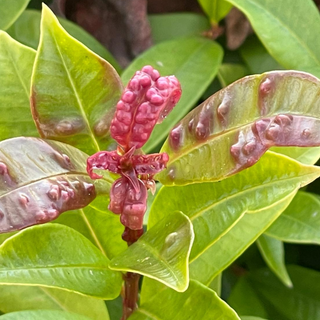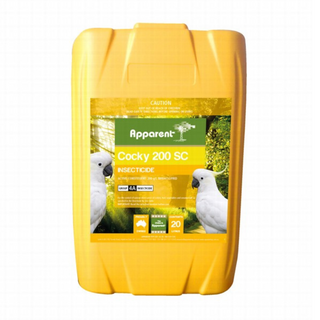Latin name: Psyllidae
Understanding Psyllids
Psyllids are miniature insects that nourish themselves by sapping the fluids from leaves and their transport systems (xylem and phloem). While many psyllids display fidelity to a single host species, some have a dietary range that includes various plants within a particular family.
These insects are more active during the warmer seasons and tend to reduce in activity or numbers as temperatures drop.
Characteristics of Psyllids
Psyllids go through three stages in their lifecycle: egg, nymph, and adult. It is common for them to have between three and five reproductive cycles within a year.
Adult psyllids are small, winged creatures measuring about 2-3mm in length. They are distinguished by their wings, which rest in a V shape against their back.
Nymphs resemble scaled-down, wingless versions of the adults, appearing somewhat scaly and flattened. Notably, some varieties conceal themselves under a "Lerp" - a protective, sugary shell that acts as a shield during feeding and moulting phases. Alternatively, some types induce the formation of pits or galls on the leaves.
Eggs might be laid singly or in groupings, positioned on the surface or margins of leaves, with some species embedding them directly into the leaf's flesh.
Identifying Psyllid Presence
Australia is home to hundreds of psyllid species, among which the most commonly encountered include the Lilly Pilly Psyllid, the Lerp-producing Psyllid, the Gall-forming Psyllid, and the Free-Living Psyllid. These species predominantly affect native flora and are especially evident during their nymph phases.
SOLUTIONS:
- Systemic: Apparent Cocky
Psyllid photo courtesy of Colin Barlow


